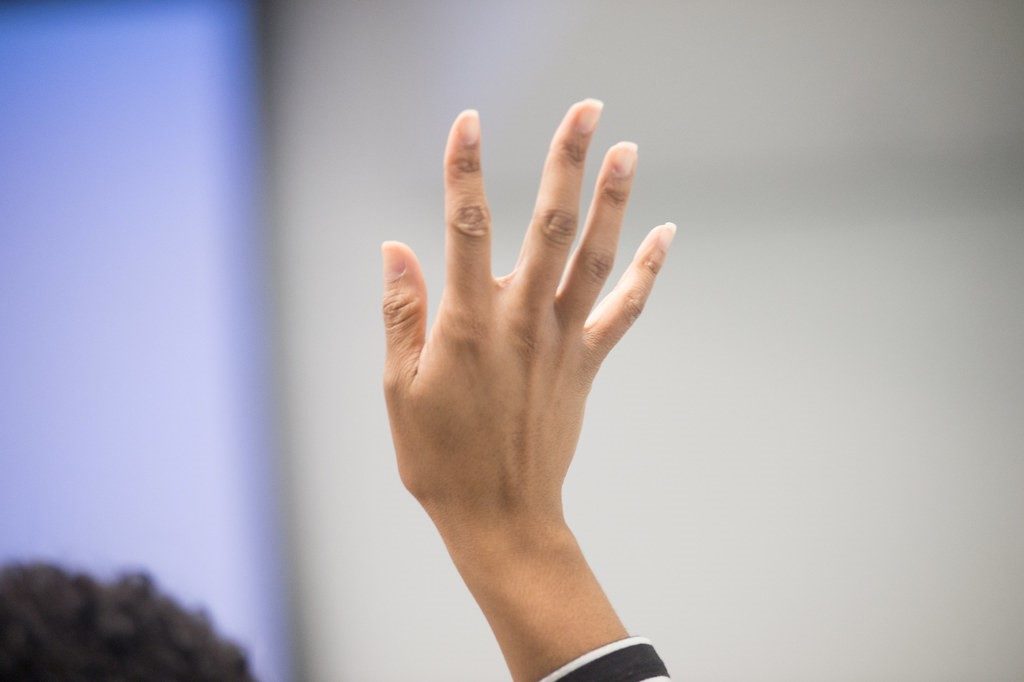Why Didn’t She Get It?

I was three-quarters of the way through a presentation on twins to a group of psychotherapists when a woman in the audience raised her hand. Based on the information I had shared thus far, she said that she did not understand how a twin relationship was distinct from that between siblings who are close in age. As an example, she noted that siblings close in age may react similarly when the older sibling leaves for college, causing the younger sibling to feel abandoned and depressed. I was taken aback and disappointed by her question. Another therapist in the audience attempted to clarify my position by talking about the biological twin connection in utero and after birth.
I can only speculate about why my message and intentions were not understood.
In my presentations, I usually talk at length about the challenges that parents face in attaching to two babies at the same time. I discuss the importance of spending time alone with each baby, celebrating the parent-child bond along with the twin bond, struggling to love both babies in the same way, and appreciating the maternal-infant fit. Then, based on my work with patients who have difficulty managing the developmental trajectory unique to twins, I pepper my talk with real-life anecdotes about the expectable challenges that arise as twins mature. I touch on the emotional difficulties that may bubble up when twins separate to attend college, when only one has a significant other, and when one struggles with identity issues.
I suspect that the objector at my presentation lacked a well-grounded understanding of the parent-child bond—for example, the influential developmental psychoanalyst Donald Winnicott’s concept of primary maternal preoccupation.In The Child, the Family, and the Outside World (Middlesex: Penguin Books, 1964), Winnicott writes that “it matters very much whether twins do, or do not, feel that they each had possession of mother at the start” (139). Since parents of twins have to divide their energies between two babies, they struggle to properly bond with each baby when both demand care and attention at the same time.
Another passage from The Child, the Family, and the Outside World underscores the importance of psychotherapists having a thorough knowledge of the mother-infant bond:
As a matter of fact, she [the mother of twins] will find her aim is not to treat each child alike, but to treat each child as if that one were the only one. That is to say, she will be trying to find the differences between each infant from the moment of birth. She, of all people, must know each from the other easily. . . . She will usually come to find that the two temperaments are different, and that if she easily acts in relation to each as a total personality, each will develop personal characteristics. (139)
I have found Winnicott’s book to be an invaluable reference.
Image is in the public domain courtesy of the US Department of Agriculture on Flickr

